Fire Risk Assessments Explained
Having a process in place to minimise fire hazards and risks is crucial to safety. Carrying out a fire risk assessment is paramount to ensuring the premises are taking every precaution possible to ensure that the risk of fire is as little as possible.
What is a fire risk assessment?
A fire risk assessment is a highly important process of identifying possible fire hazards and also a process of evaluating any potential risks to people, property, the environment, and any assets. It evaluates any existing fire precautions and allows the assessor to decide whether the existing precautions are enough without further precautions.
What does a fire risk assessor do?
This person is responsible for ensuring that all fire risk assessments are completed and will document any significant findings. They have to be competent with fire safety and must have sufficient knowledge and training.
Why are fire risk assessments important?
It is actually a legal requirement to carry out fire risk assessments in virtually all non-domestic premises under the Regulatory Reform (Fire Safety) Order 2005 in England and Wales. There are also similar legislations in place in Scotland and Ireland. The Fire (Scotland) Act 2005 is in place for Scotland and Fire Safety Regulations 2010 is in place in Northern Ireland.
Who is responsible?
The responsibility for ensuring a fire risk assessment is carried out lies with the ‘responsible person’. This is usually the owner or occupier of the premises and is often an organisation or employer rather than a specific individual. Tasks can be delegated to other persons nominated to monitor management of fire safety, but the responsibility will ultimately lie with the ‘responsible person’.
What’s included in fire risk assessments?
A fire risk assessment’s aim is to identify any potential risks and hazards within the premises. This can include any sources of ignition (for example naked flames, heaters, cooking equipment, sources of fuel and sources of oxygen). Other factors should also be taken into consideration. For example, flues and ducts, penetrations of fire compartments, and excessively long escape routes[i].
People who may be at risk should always be considered when conducting a fire risk assessment. This is anyone such as employees and anyone entering the building to conduct work. The public should also be considered. Actions to be taken should be created to reduce any risks that have been identified when conducting the assessment. For example, fire escapes should be kept clear of obstructions, and keeping combustible materials stored away from any ignition sources.
[i] https://www.ifsecglobal.com/fire-news/guide-fire-risk-assessment-get-one/
If you have any questions regarding fire risk assessments, please get in contact.

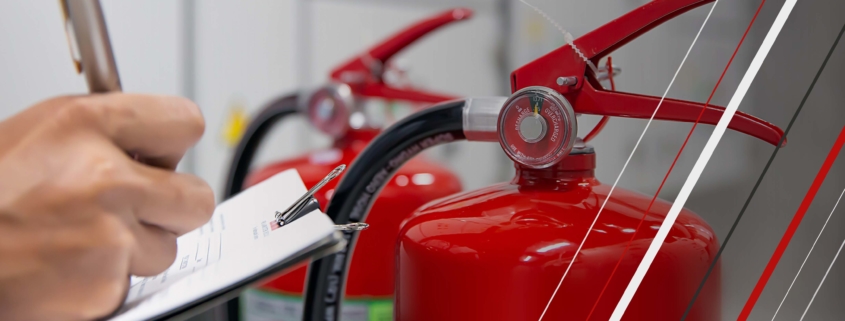

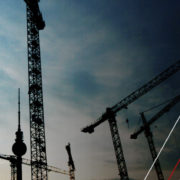
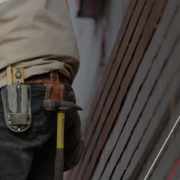

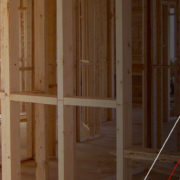
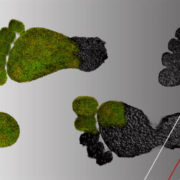




Leave a Reply
Want to join the discussion?Feel free to contribute!